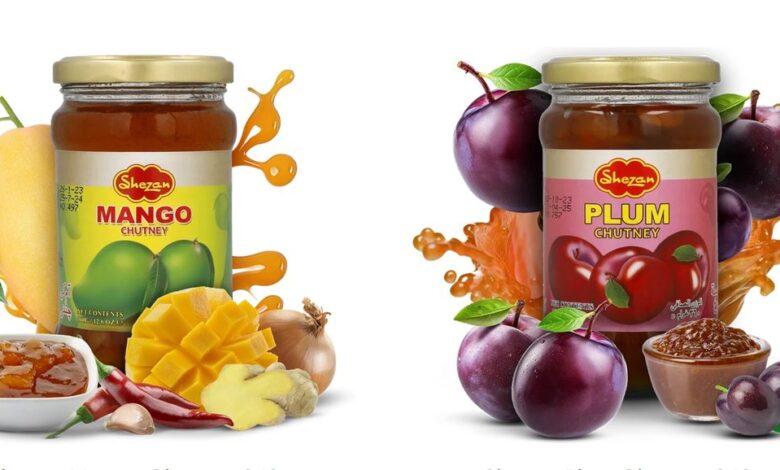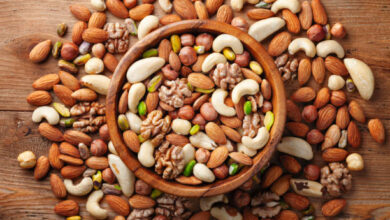Exploring the Flavors of Chutney: A Culinary Journey

Chutney, a condiment that originated in the Indian subcontinent, has traveled far and wide to become a beloved accompaniment in cuisines across the globe. Its diverse flavors, textures, and ingredients offer a tantalizing addition to dishes, elevating everything from appetizers to main courses. Let’s delve into the world of chutney, exploring its history, variations, and how it continues to inspire chefs and home cooks alike.
The Origins and Evolution
Chutney’s history dates back centuries, where it was initially created as a way to preserve seasonal fruits and vegetables. In India, it was traditionally made using a combination of fruits like mangoes, tamarind, or tomatoes, mixed with spices, herbs, and vinegar or lemon juice for preservation. This sweet, tangy, and sometimes spicy concoction soon became popular not just for its practicality but also for its ability to enhance the flavors of meals.
As trade routes expanded, chutney traveled to different parts of the world, adapting to local tastes and ingredients along the way. In the West, it gained popularity during the British colonial era when Anglo-Indian cuisine emerged, blending Indian spices with British culinary traditions. This fusion led to variations like Major Grey’s chutney, a British interpretation named after a British officer said to have invented it in the 19th century.
Varieties Across the Globe
Today, chutney comes in numerous varieties, each reflecting the cultural influences and local ingredients of its region. In India alone, you’ll find a vast array of Buy Chutney, from the fiery green chutney made with cilantro and green chilies to the sweet and sour tamarind chutney served with chaat. In South India, coconut chutneys reign supreme, often paired with dosas and idlis, while in the North, aam ki chutney (mango chutney) adds zest to meals.
Outside of India, chutney takes on different forms. In the Caribbean, mango chutney is a staple, featuring a blend of mangoes, vinegar, and spices like cinnamon and cloves. In South Africa, chutney often accompanies savory dishes, offering a contrast to rich meats or curries. Even in the United States, chutney has found its place, appearing in upscale restaurants as a gourmet accompaniment to cheeses or grilled meats.
Ingredients and Techniques
The beauty of chutney lies in its versatility. While traditional recipes often include fruits or vegetables as a base, modern interpretations experiment with ingredients like nuts, herbs, and even exotic spices. Common ingredients include:
Fruits: Mango, apple, pineapple, and tomato.
Herbs: Cilantro, mint, and basil.
Spices: Cumin, coriander, mustard seeds, and chili peppers.
Acids: Vinegar, lemon juice, or tamarind paste.
The process of making chutney typically involves chopping or pureeing the main ingredients, cooking them down with spices and vinegar or citrus juice until they thicken into a jam-like consistency. This cooking process not only melds flavors but also ensures the chutney stays preserved for longer periods.
Culinary Uses
Chutney’s versatility extends beyond being a mere condiment. It serves multiple culinary purposes:
Condiment: Adds flavor to sandwiches, burgers, and wraps.
Dip: Paired with samosas, pakoras, or crudités.
Marinade: Used to flavor meats or tofu before grilling or roasting.
Garnish: Enhances cheese boards, salads, or roasted vegetables.
Its ability to balance sweet, sour, spicy, and savory flavors makes chutney a chef’s favorite for creating complex taste profiles in dishes.
Chutney in Contemporary Cuisine
In recent years, chutney has experienced a resurgence in popularity as chefs embrace global flavors and artisanal techniques. Restaurants showcase house-made chutneys to elevate dishes and offer unique dining experiences. Home cooks, too, are rediscovering the joy of crafting chutneys from scratch, experimenting with flavors and sharing recipes across social media platforms and food blogs.
Furthermore, the health-conscious appeal of chutney cannot be overlooked. Made primarily from fresh fruits, vegetables, and spices, chutney often contains no added sugars or preservatives, making it a flavorful and nutritious addition to meals.
Conclusion
In conclusion, chutney stands as a testament to the culinary ingenuity of cultures worldwide. From its humble beginnings as a means of preservation to its current status as a gourmet condiment, chutney continues to evolve, adapt, and inspire. Whether you enjoy it with traditional Indian dishes, pair it with global cuisines, or create your own unique recipes, chutney remains a versatile and indispensable part of the culinary landscape. Its ability to tantalize taste buds and enhance dishes ensures that chutney will continue to delight food enthusiasts for generations to come.



